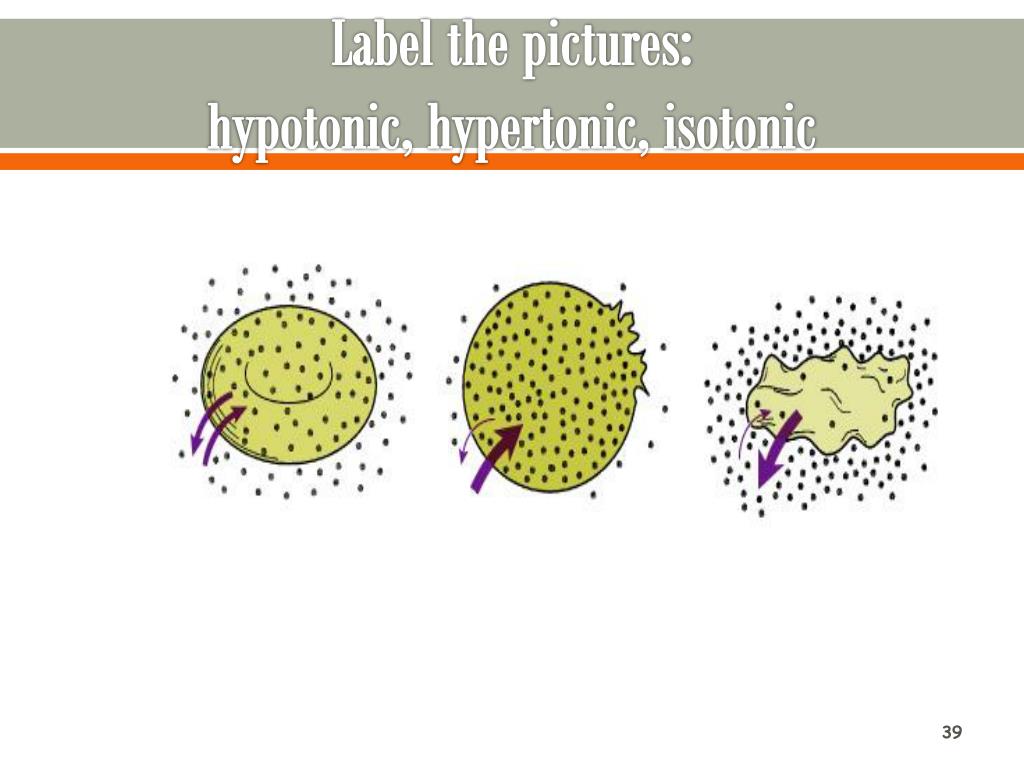

You can download Solution Cheat Sheet by clicking on the download button below Examples of Hypotonic Solutions Animal Cellsįirstly, animal cells do not contain a cell wall. Moreover, there will be no net movement of water in or out from the cell.

In the case of an isotonic solution, the extracellular liquid has a similar osmolarity to the cell. Moreover, to the cell, and water will move out of the cell with lower concentration to higher concentration. In the case of a reversal, the extracellular fluid with higher osmolarity than the cell’s cytoplasm will be hypertonic. If the extracellular fluid has a lower osmolarity than the fluid inside the cell, it’s said to be hypotonic-hypo means less than-to the cell, and the net flow of water will be into the cell. Types of Hypotonic Solution Hypotonic Solution Osmolarity which is the concentration of a liquid in a certain number of solutes per litre of different solutions can tell experts the way in which water gradient and solute gradients can form. A solution is not hypotonic, isotonic or hypertonic if there is no solution for comparison. Definition of Hypotonic SolutionĪ hypotonic solution means something that has a lower solute concentration in comparison to another solution. Whereas, a solution with higher osmolarity has comparatively more solute particles per litre of solution. Moreover, it is the aggregate concentration of every solute in the solution. A solution with lower osmolarity has limited solute particles per litre of solution. A look at the hypotonic solution will help understand this better. A solution’s tonicity relates to its osmolarity. The power of an extracellular solution to allow water to move in or out of a cell through osmosis is called ‘tonicity’. 2.3 Solved Question For You Hypotonic Solution


 0 kommentar(er)
0 kommentar(er)
